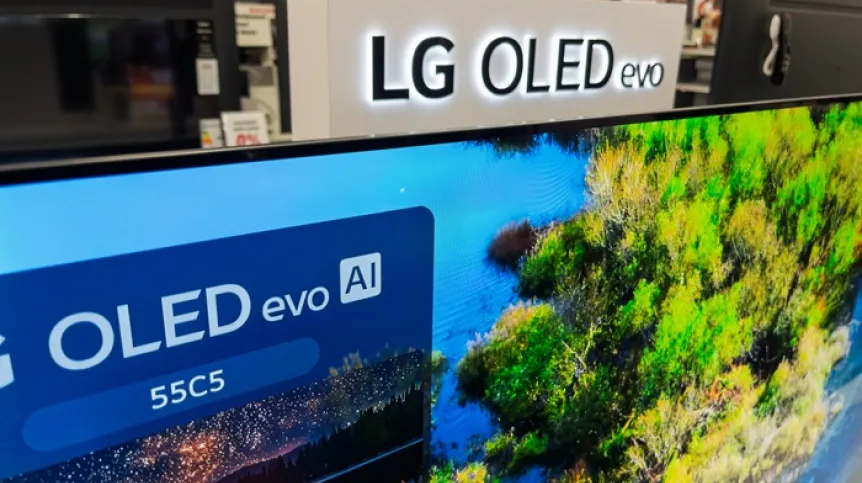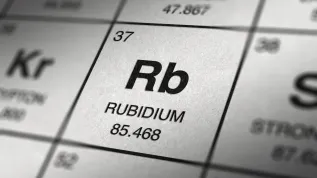
Researchers from Toruń, Kraków and Bydgoszcz have developed new benzimidazole-based compounds that could make the production of OLED displays faster and cheaper. Their findings, published in the Journal of Molecular Structure, show that the materials can be used to create light-emitting layers through solution processing, a method similar to inkjet printing.
OLEDs, or organic light-emitting diodes, rely on thin organic layers that emit light when electric charges meet. Each pixel produces its own light, enabling deep blacks, high contrast, and flexible panels.
However, traditional production methods require vacuum deposition through costly masks, resulting in high material losses and slow manufacturing speeds.
The alternative—solution-applied OLED layers—allows dissolved compounds to form thin, uniform coatings that can be dried into functional films.
To work effectively, such compounds must dissolve in safe solvents, emit pure light, remain stable, and be easily modified.
The Polish research teams identified benzimidazoles as promising candidates. These simple, well-understood molecules can be chemically adjusted to tune color and brightness, contain no precious metals, and dissolve readily in commonly used polymers.
The scientists synthesized three benzimidazole variants, verified their structures, and tested their light emission in both solution and solid form.
All emitted green light, with two showing particularly pure color. When incorporated into prototype OLEDs, comprising glass, conductive and auxiliary layers, a polymer matrix with the new compound, and an aluminum electrode, the materials produced stable green emission at 530 nanometers.
The best device reached a brightness of 500 candelas per square meter and an efficiency of nearly 0.5 candelas per ampere.
While these figures are below commercial display standards, the results confirm that benzimidazoles can function as active emitters in real OLED devices.
The researchers say the materials combine simple synthesis, good solubility, and tunable optical properties, making them suitable for future printed OLED technologies.
The study suggests that printed OLEDs could reduce energy and material use in manufacturing and enable thinner, flexible displays.
Further work is needed to improve efficiency, durability, and layer uniformity, but the team says benzimidazole-based emitters represent a practical step toward more economical production of next-generation screens. (PAP)
kmp/ zan/
tr. RL













